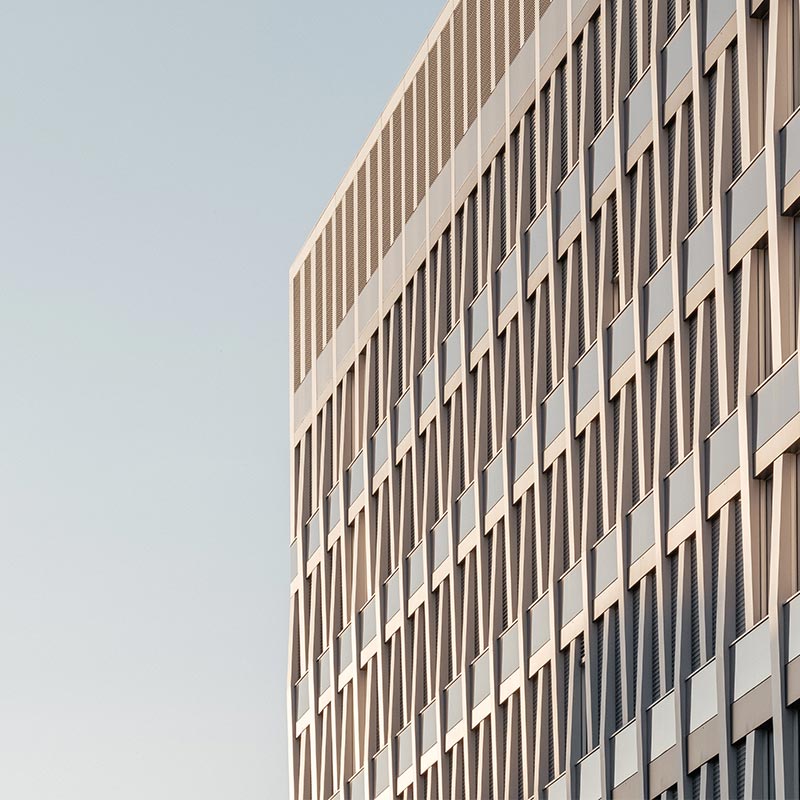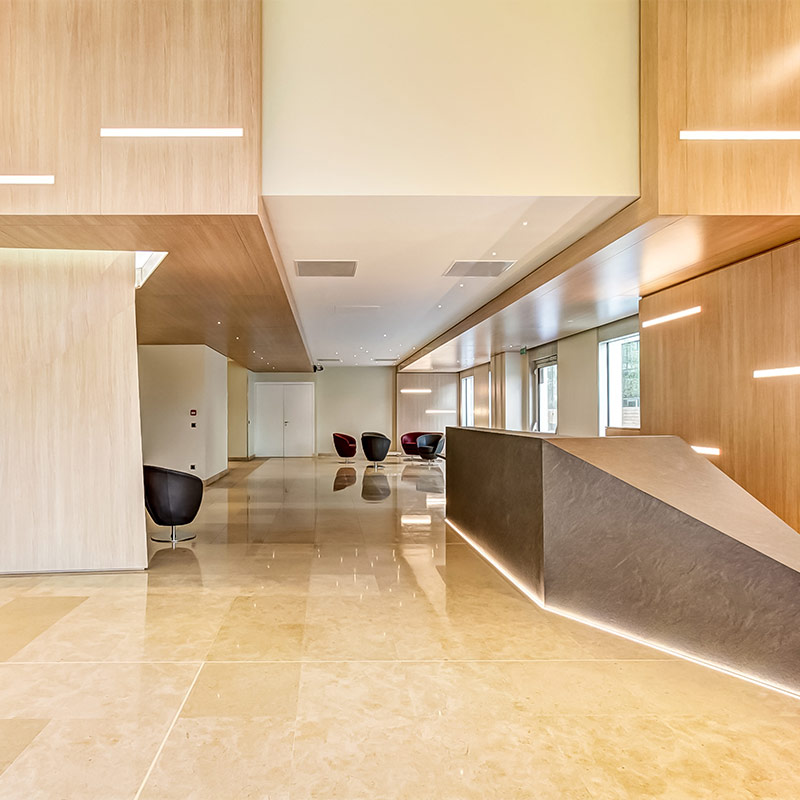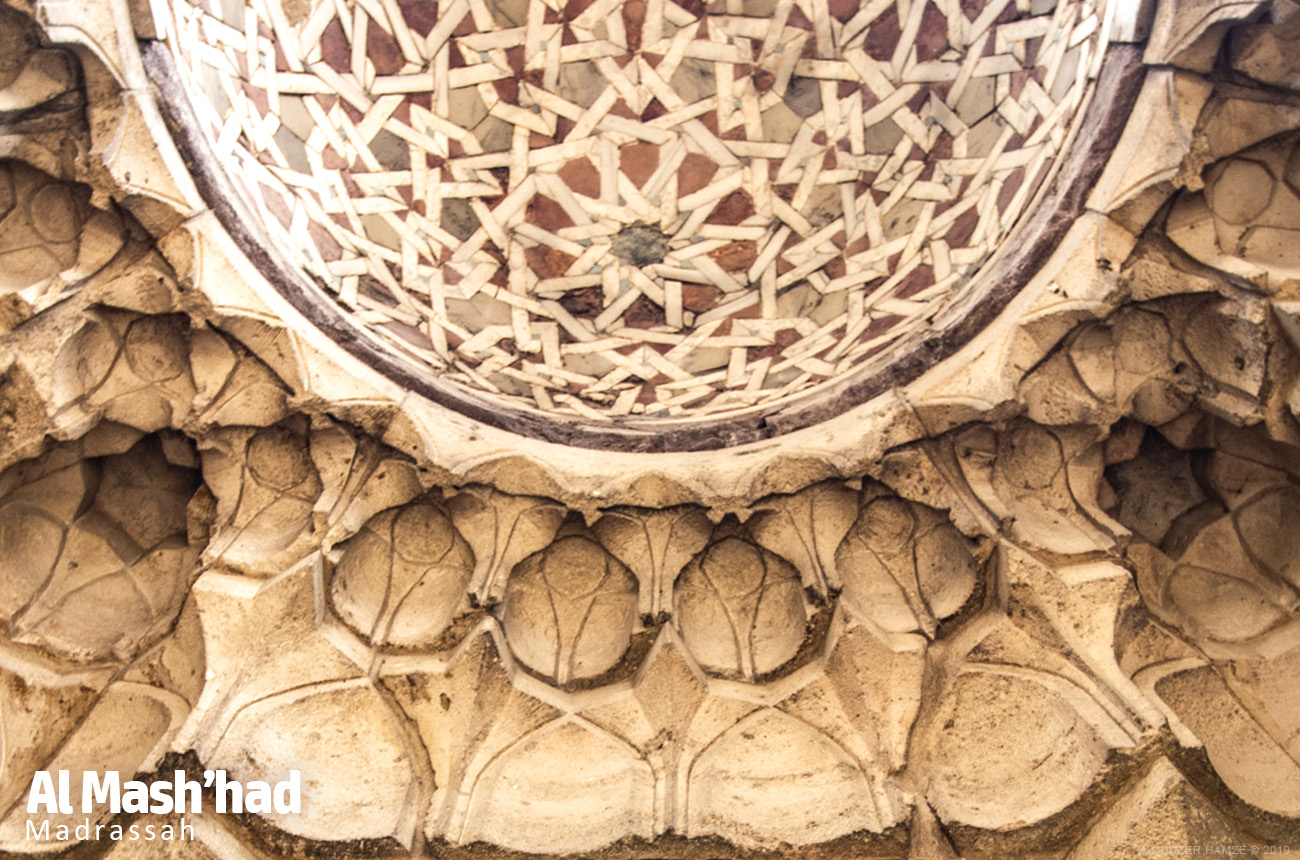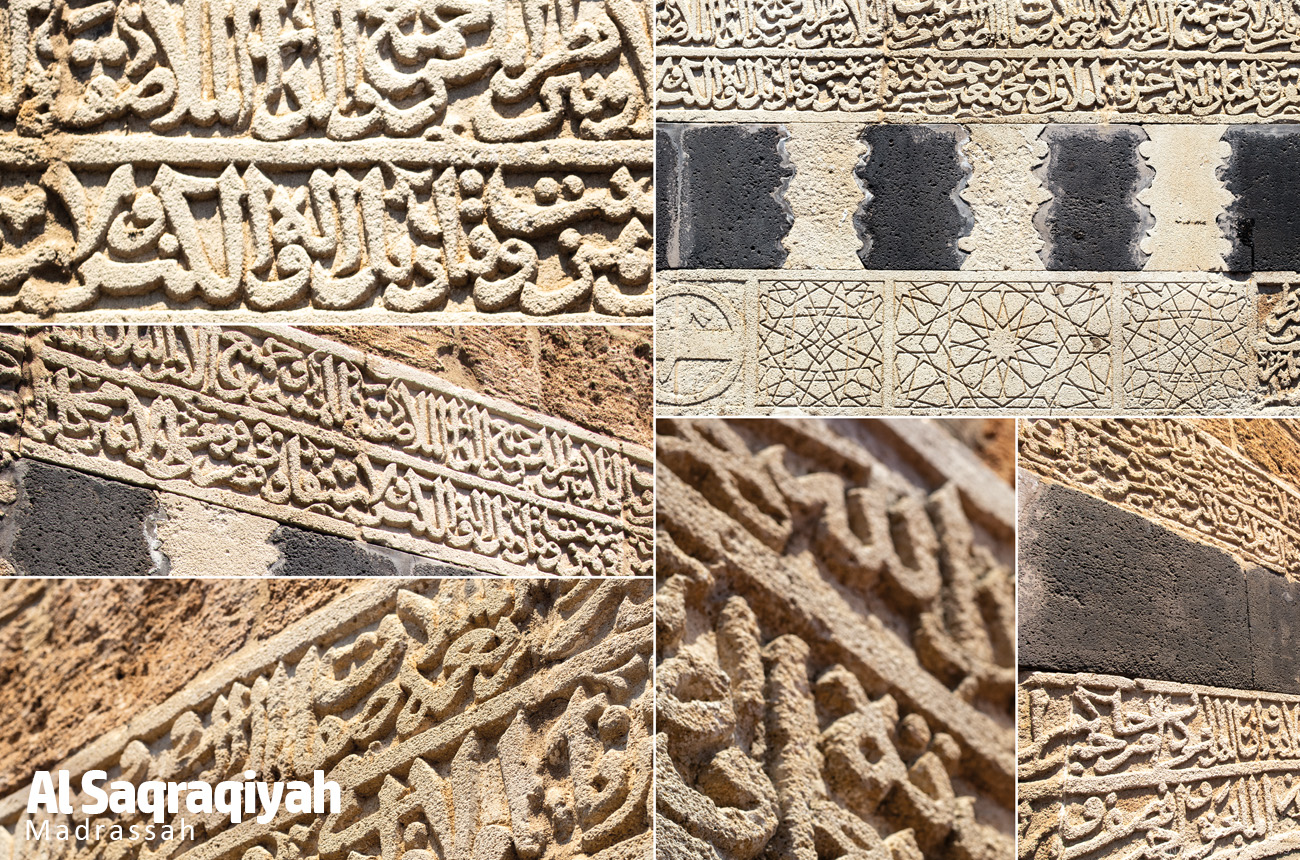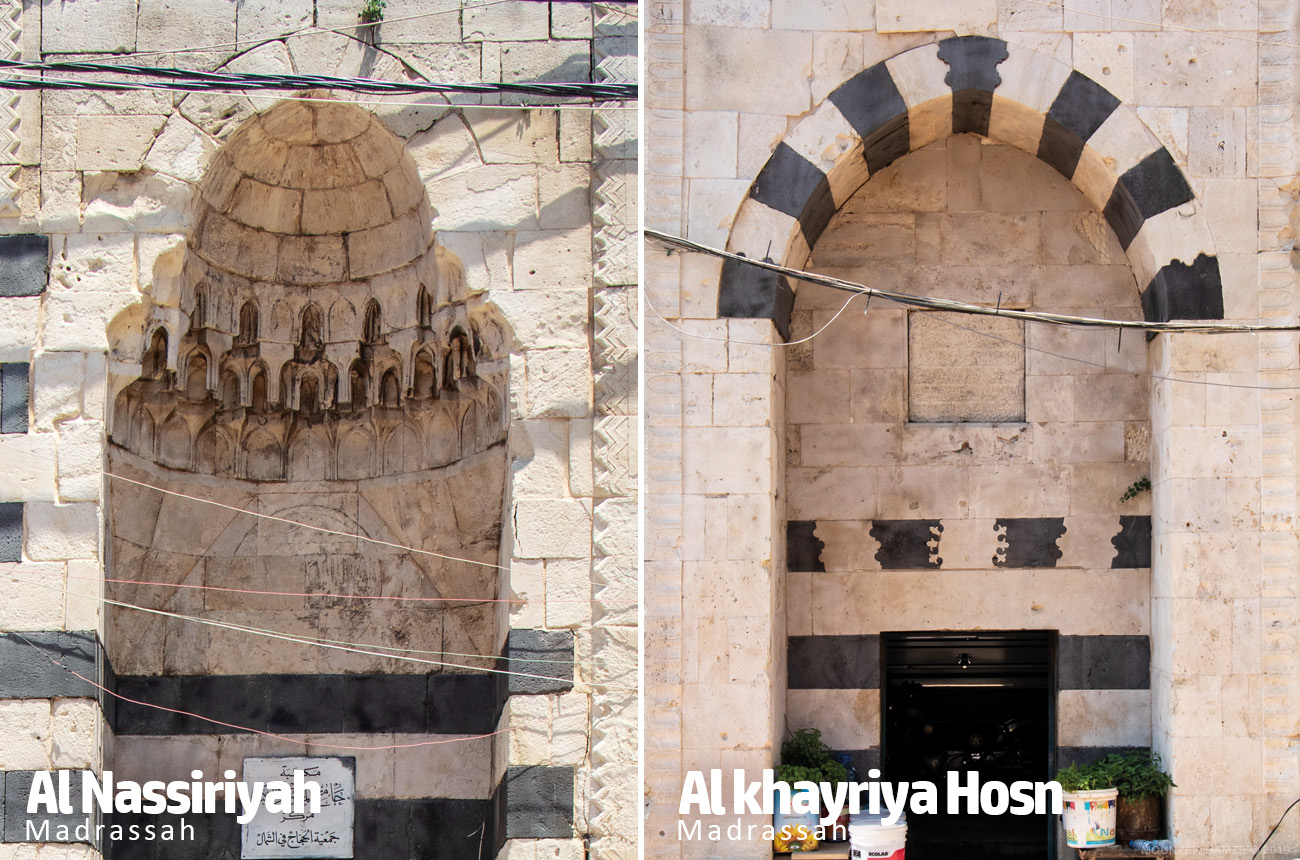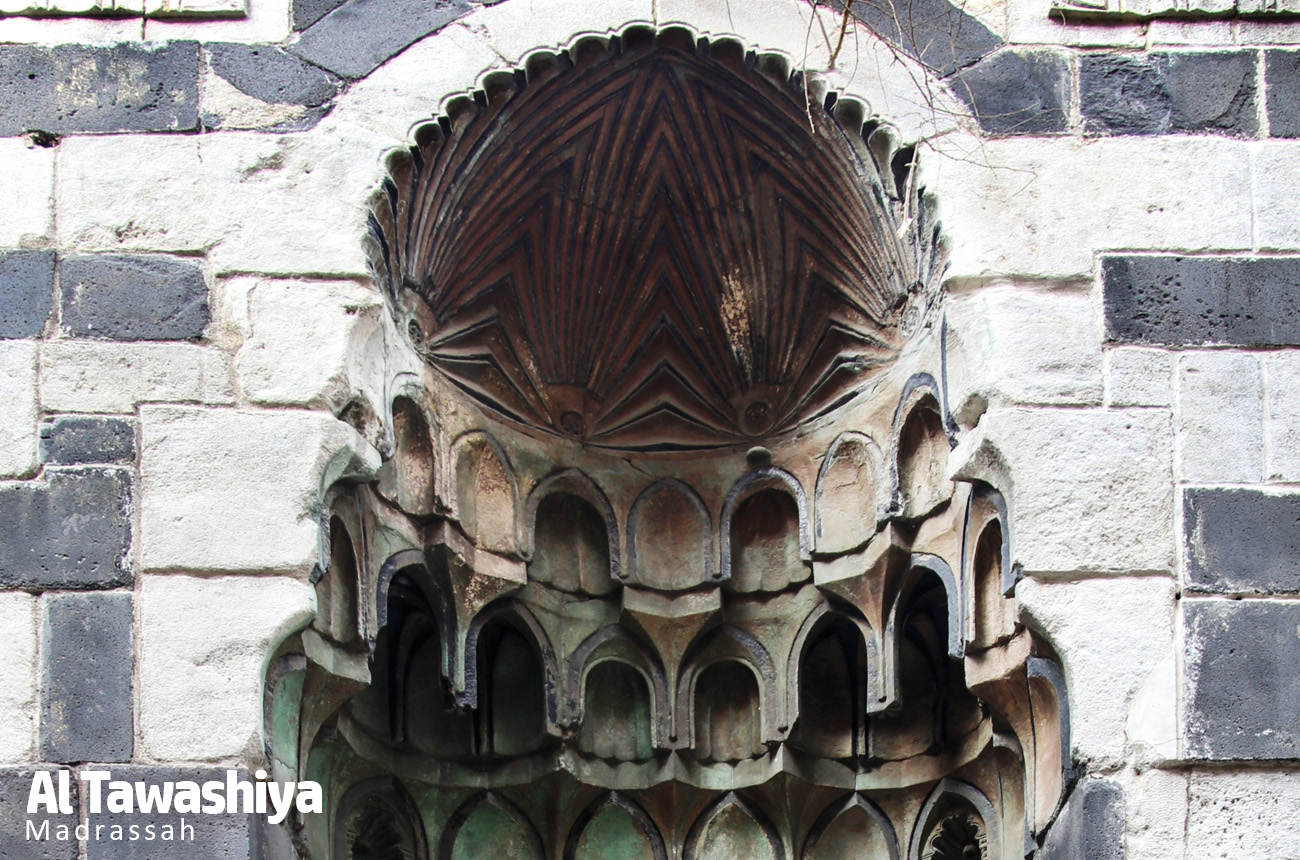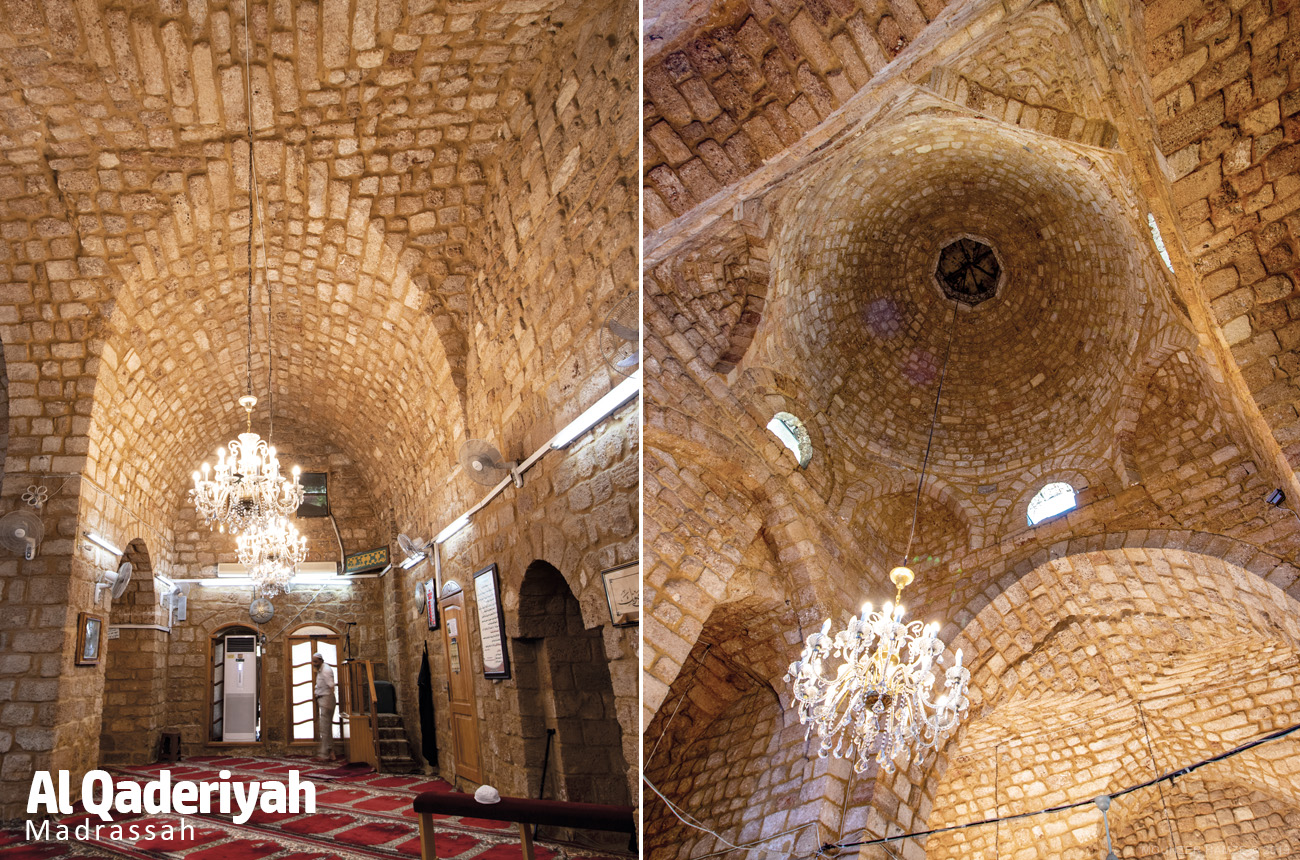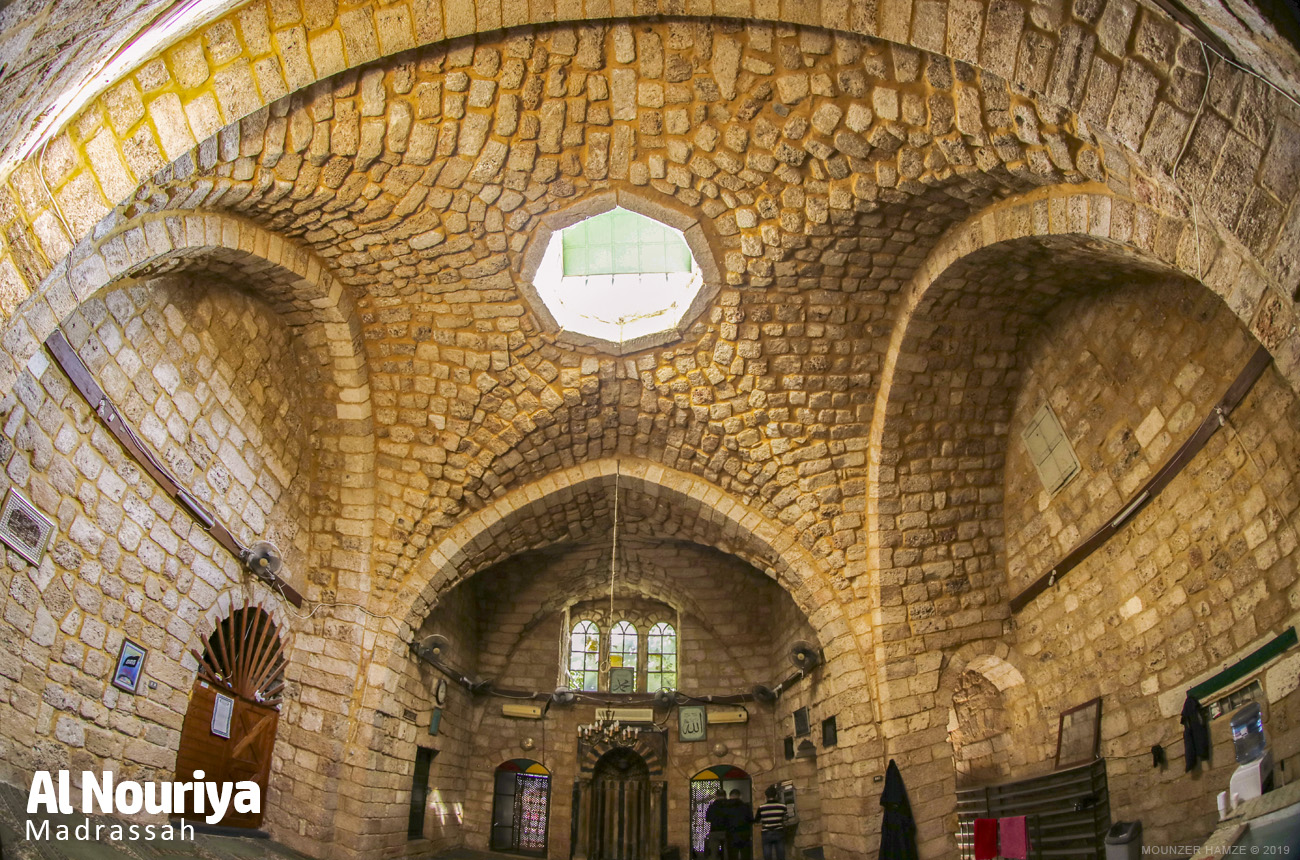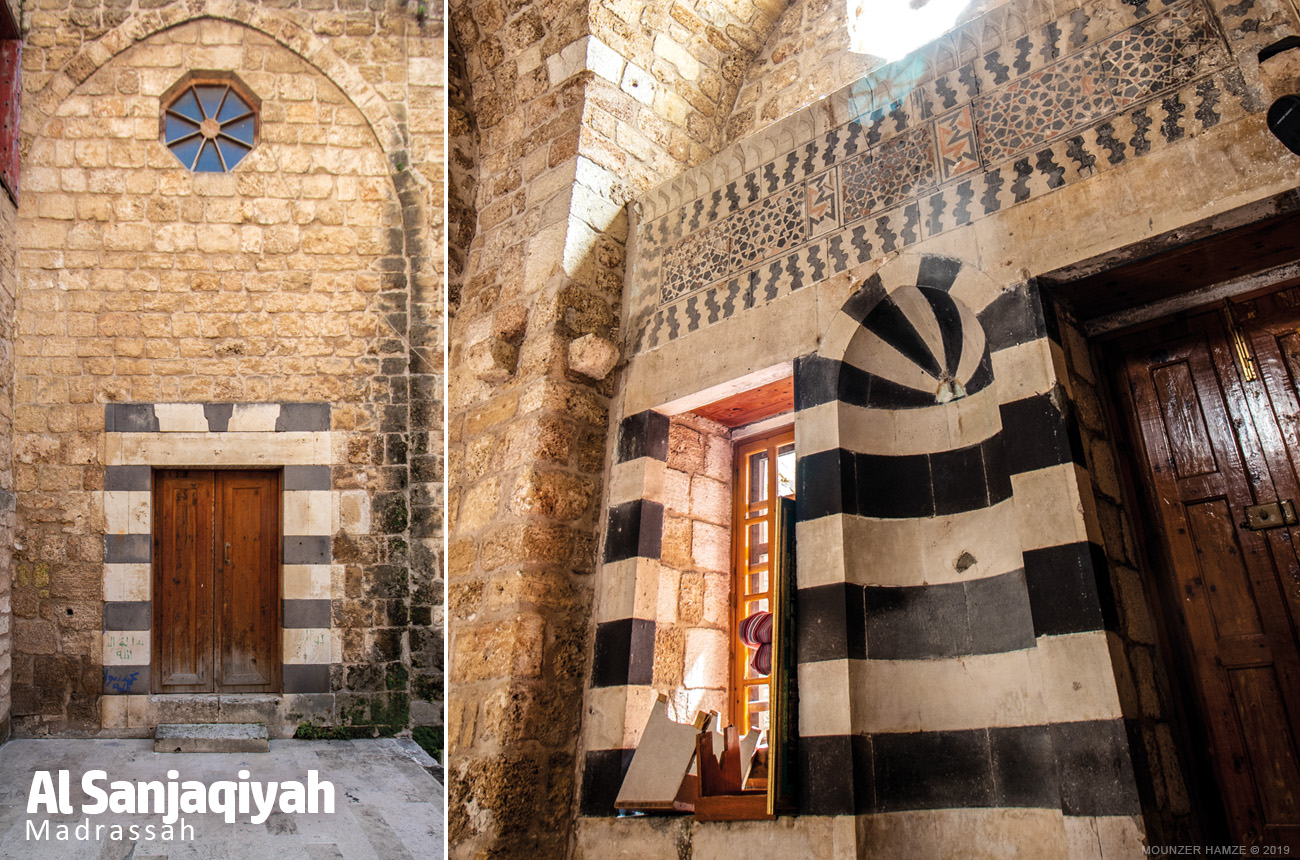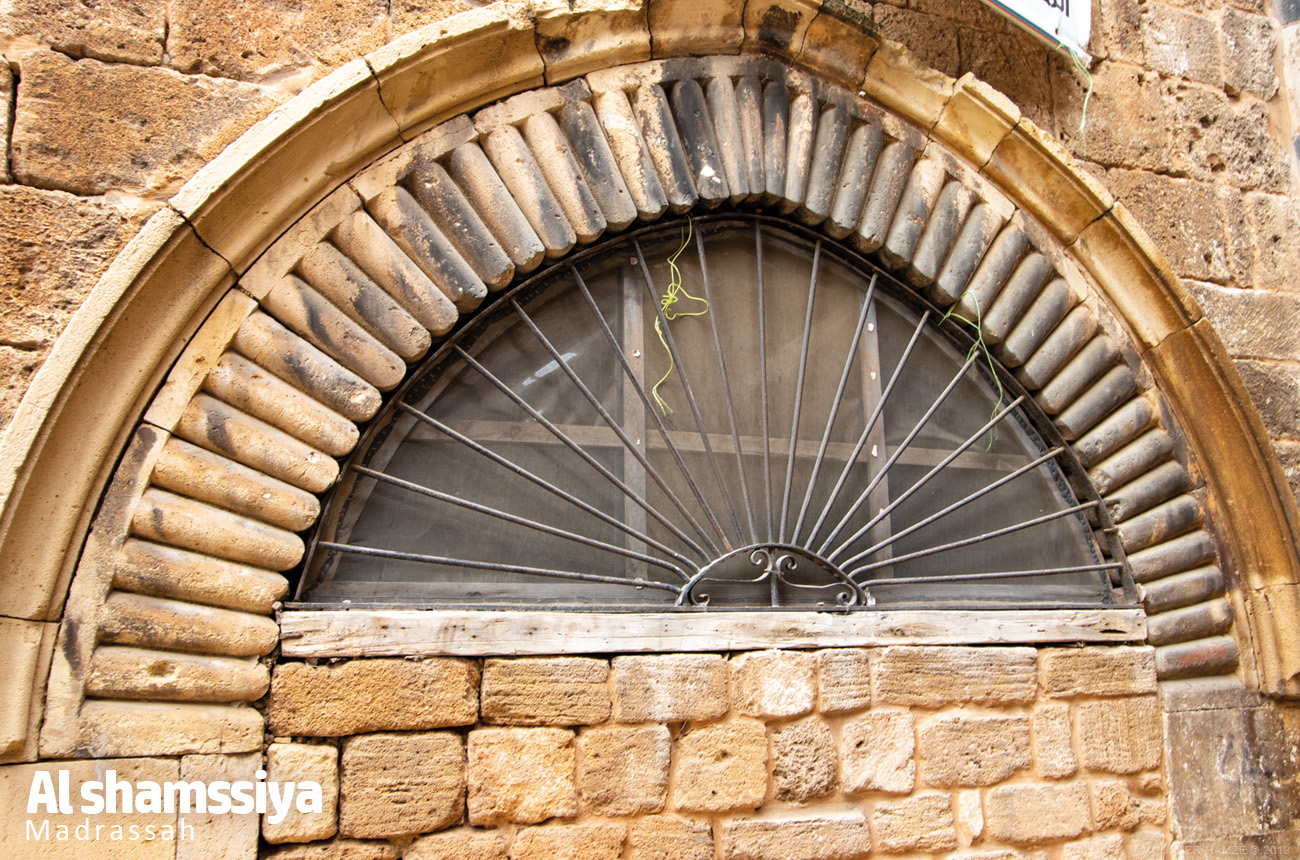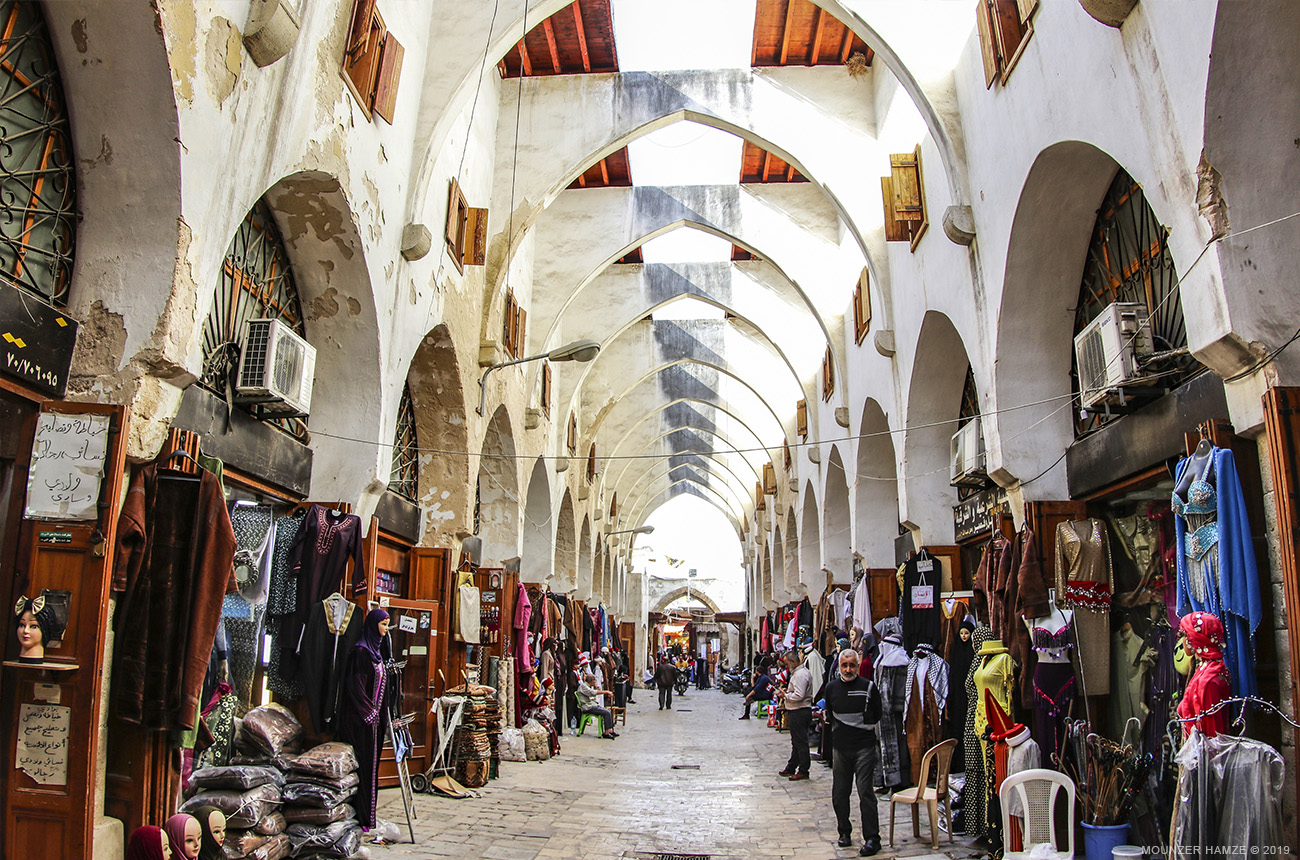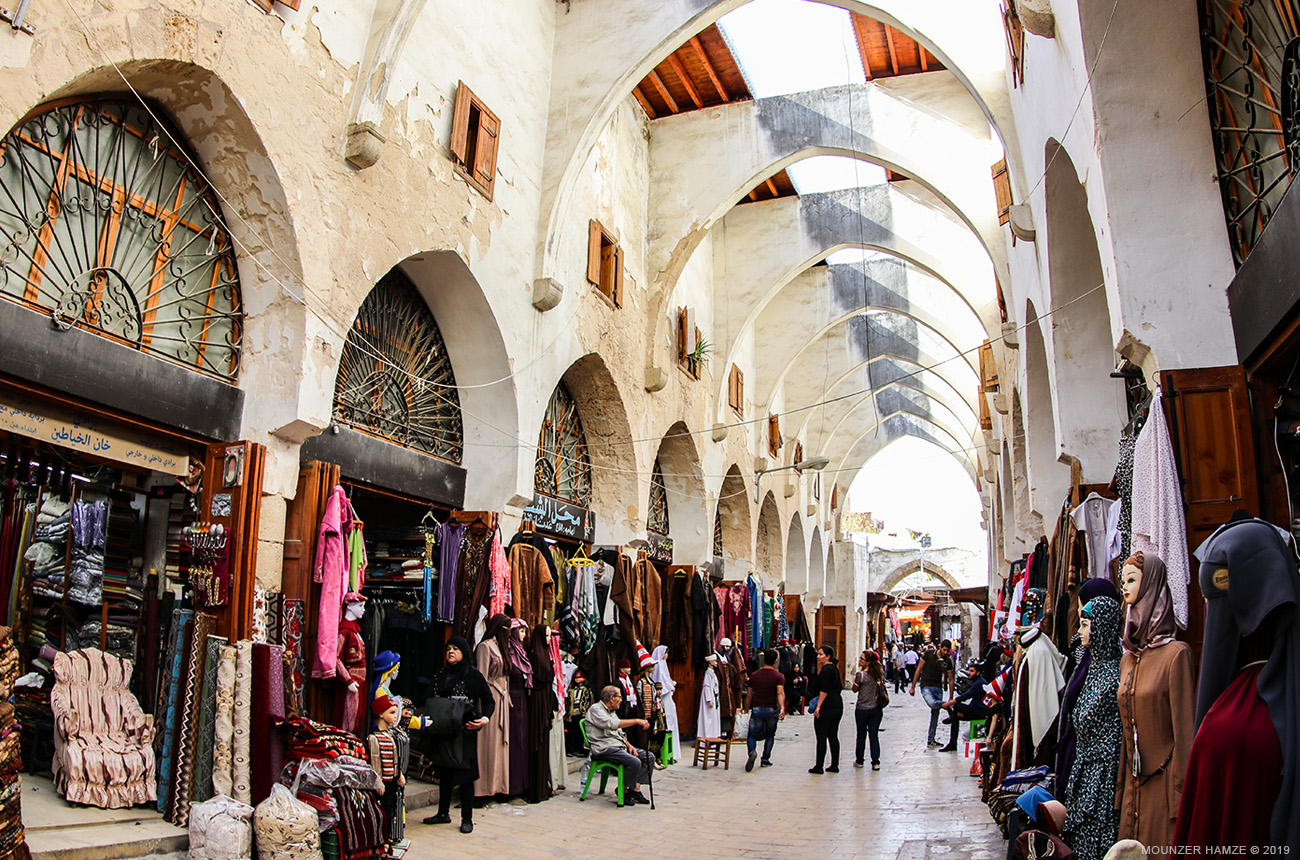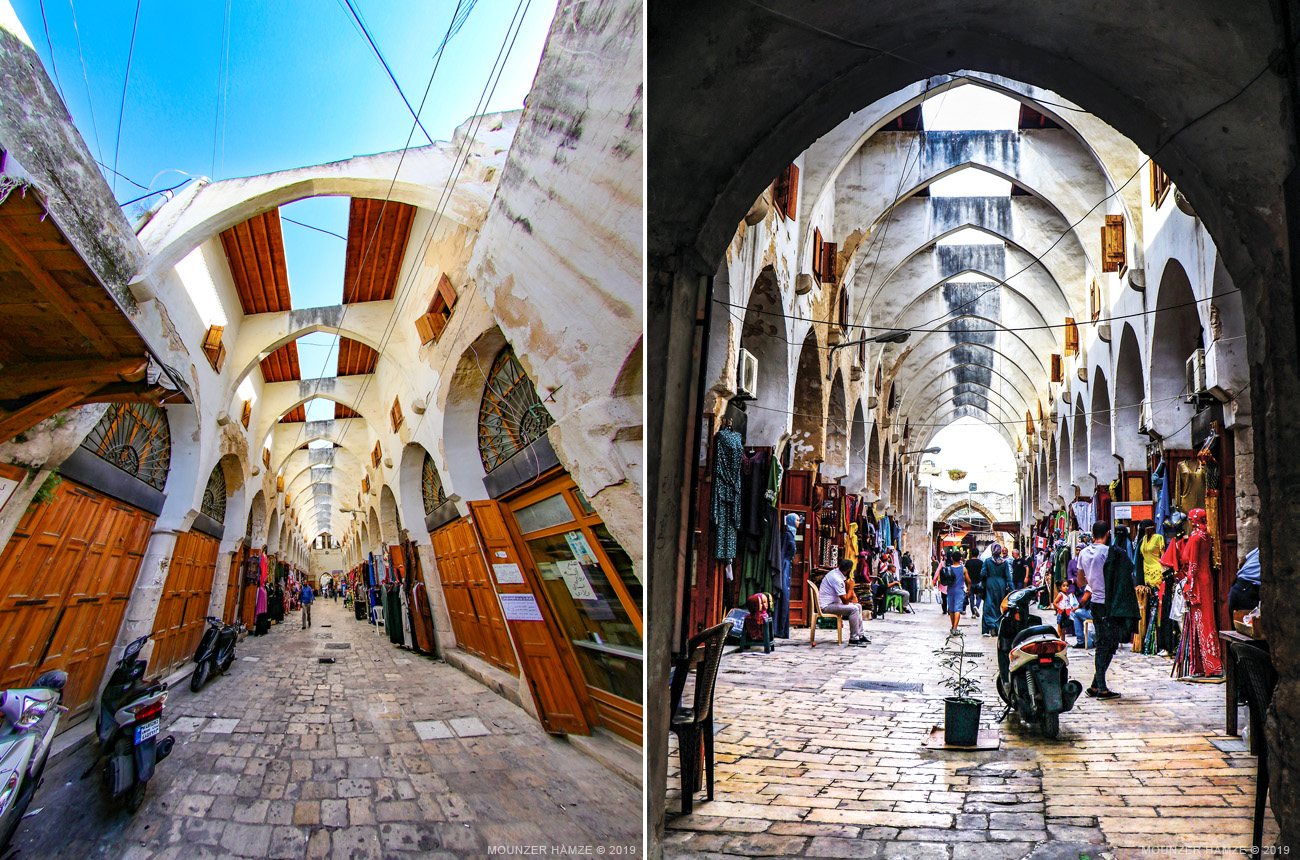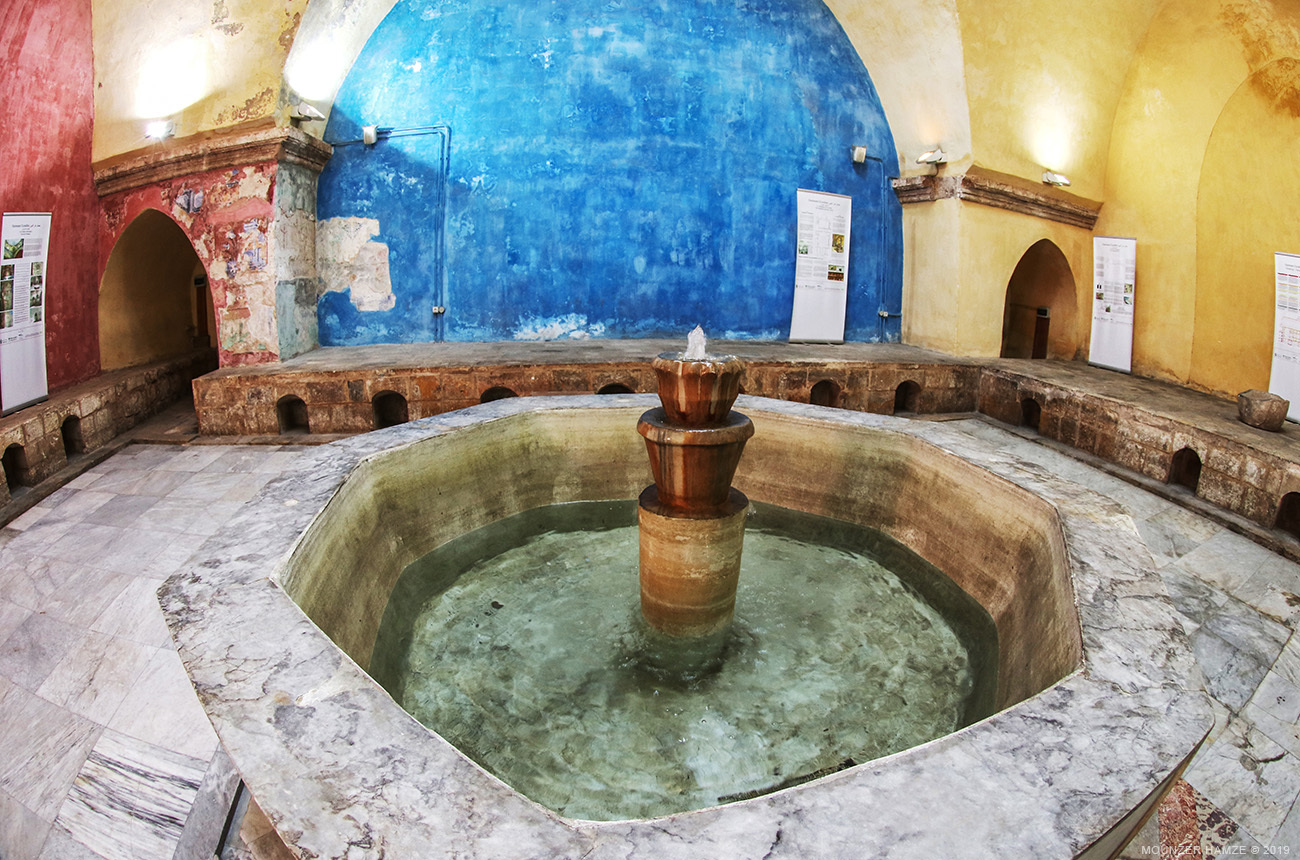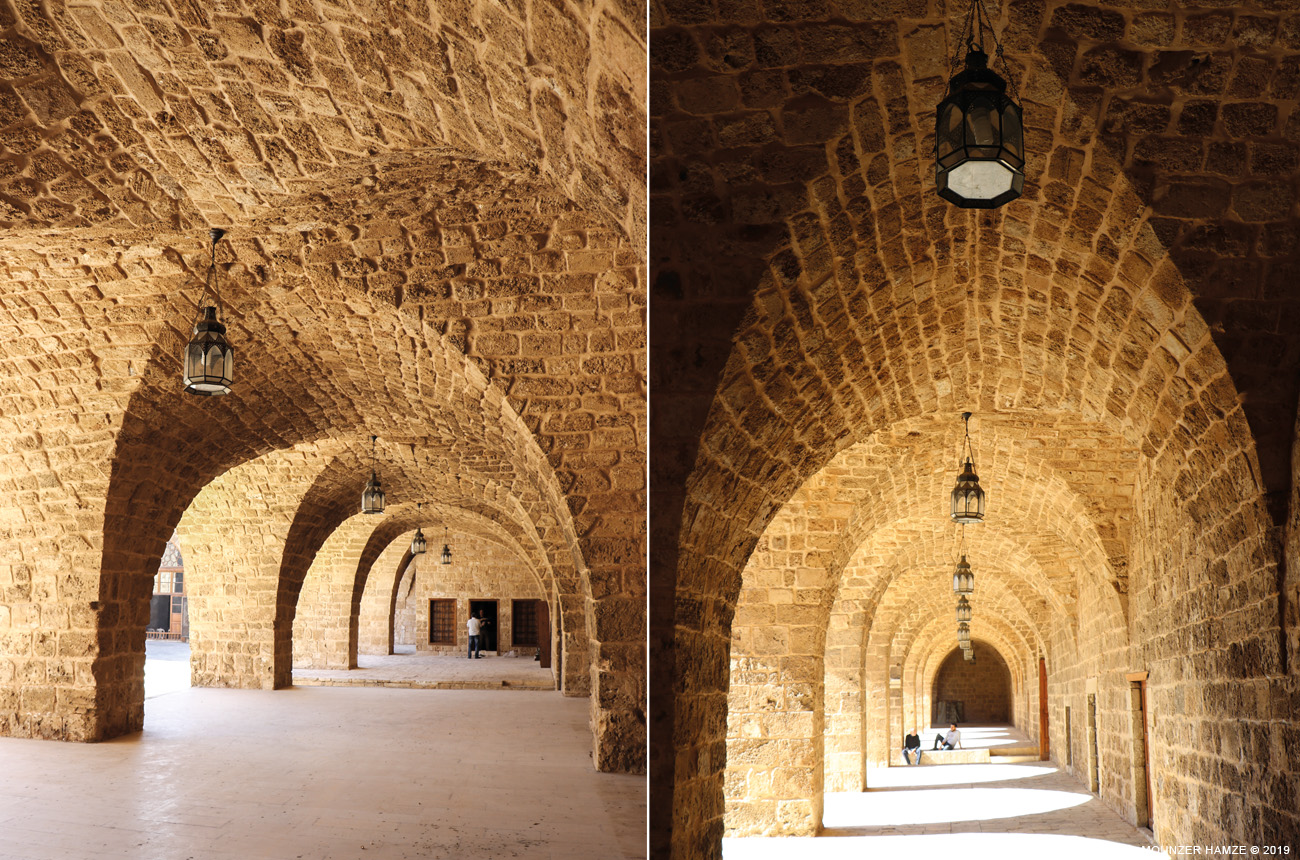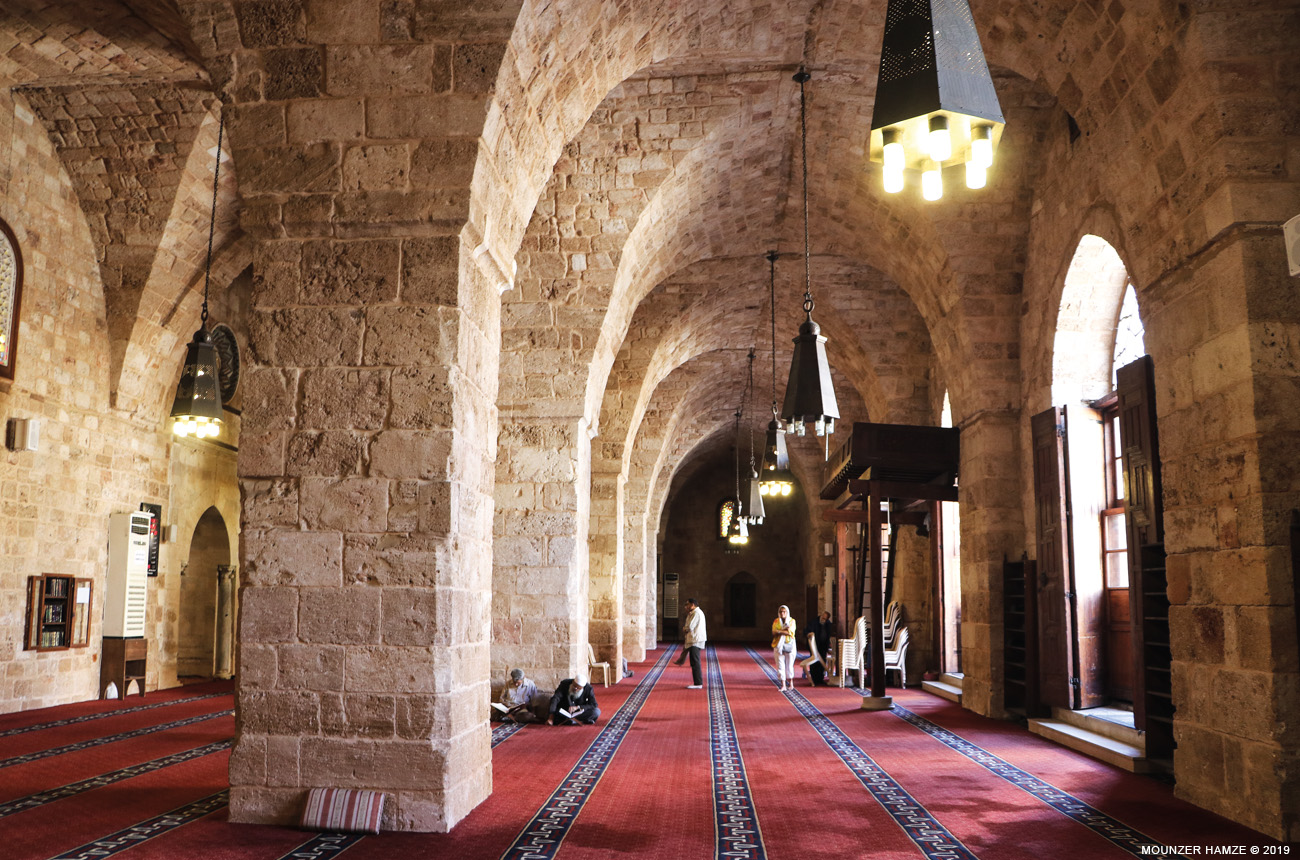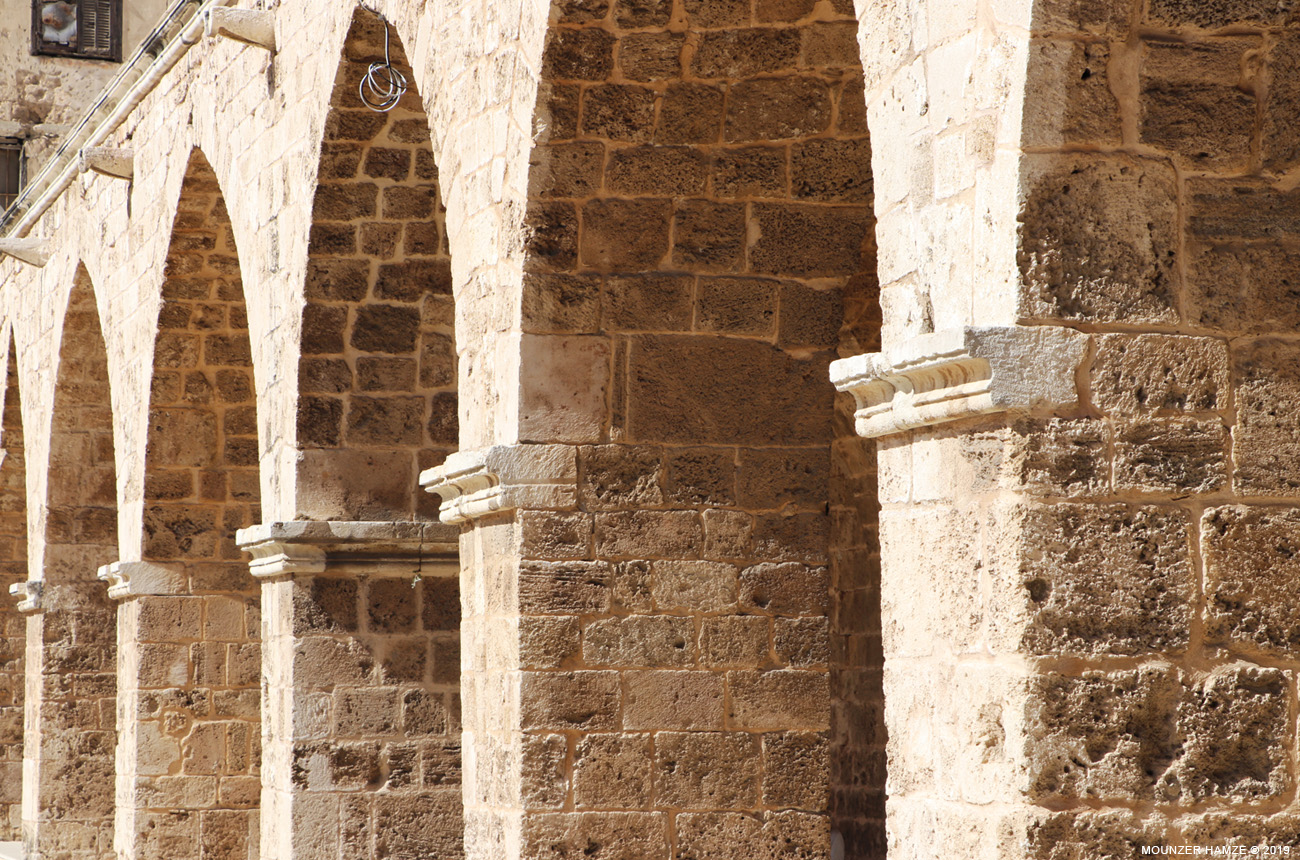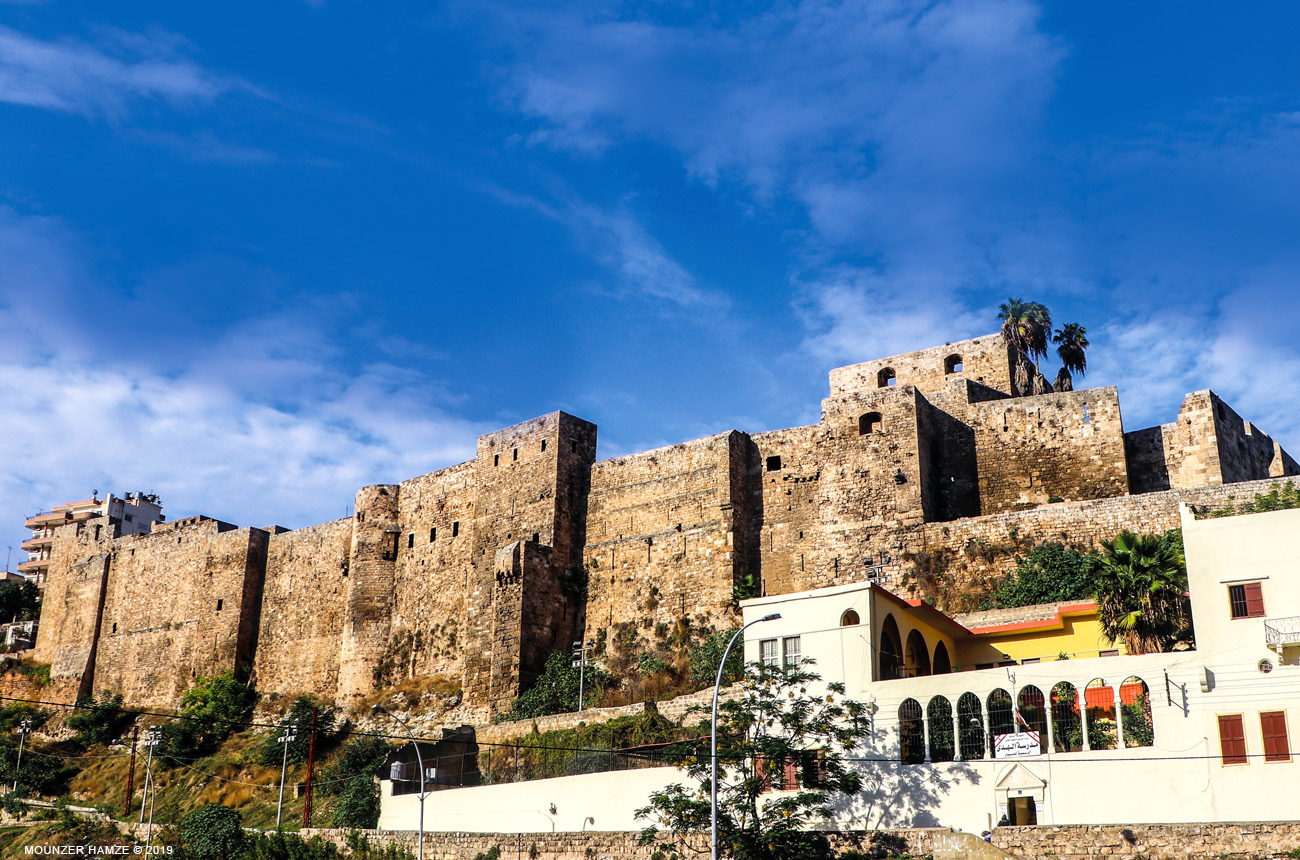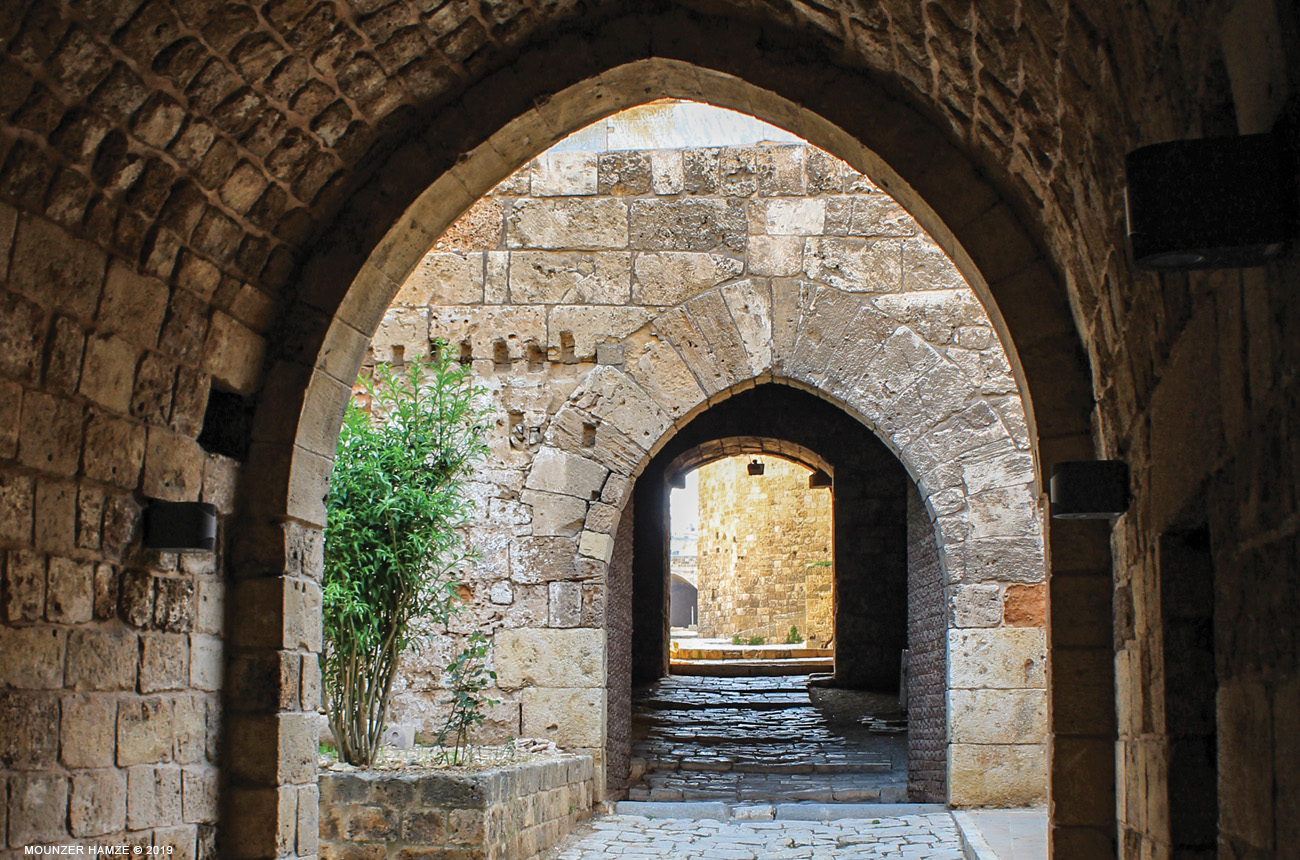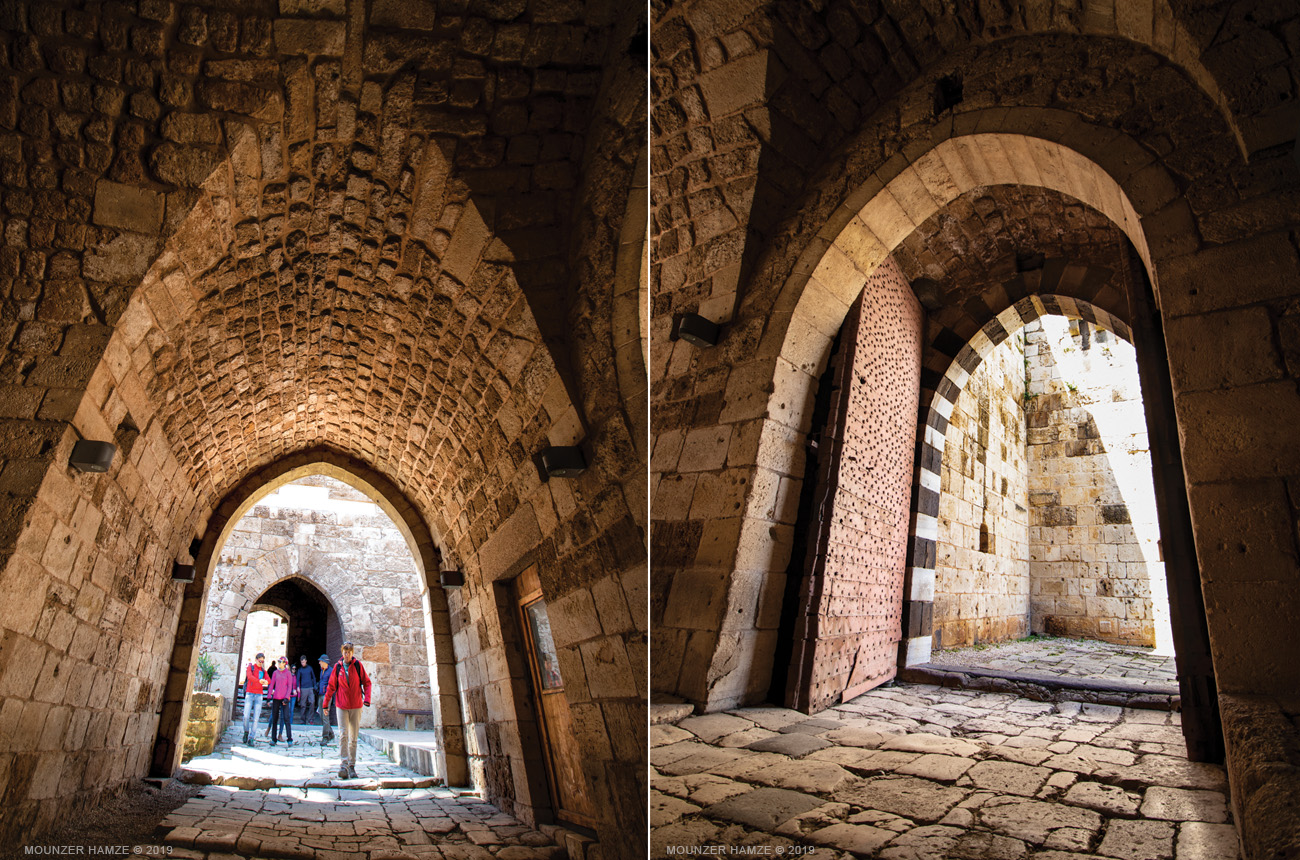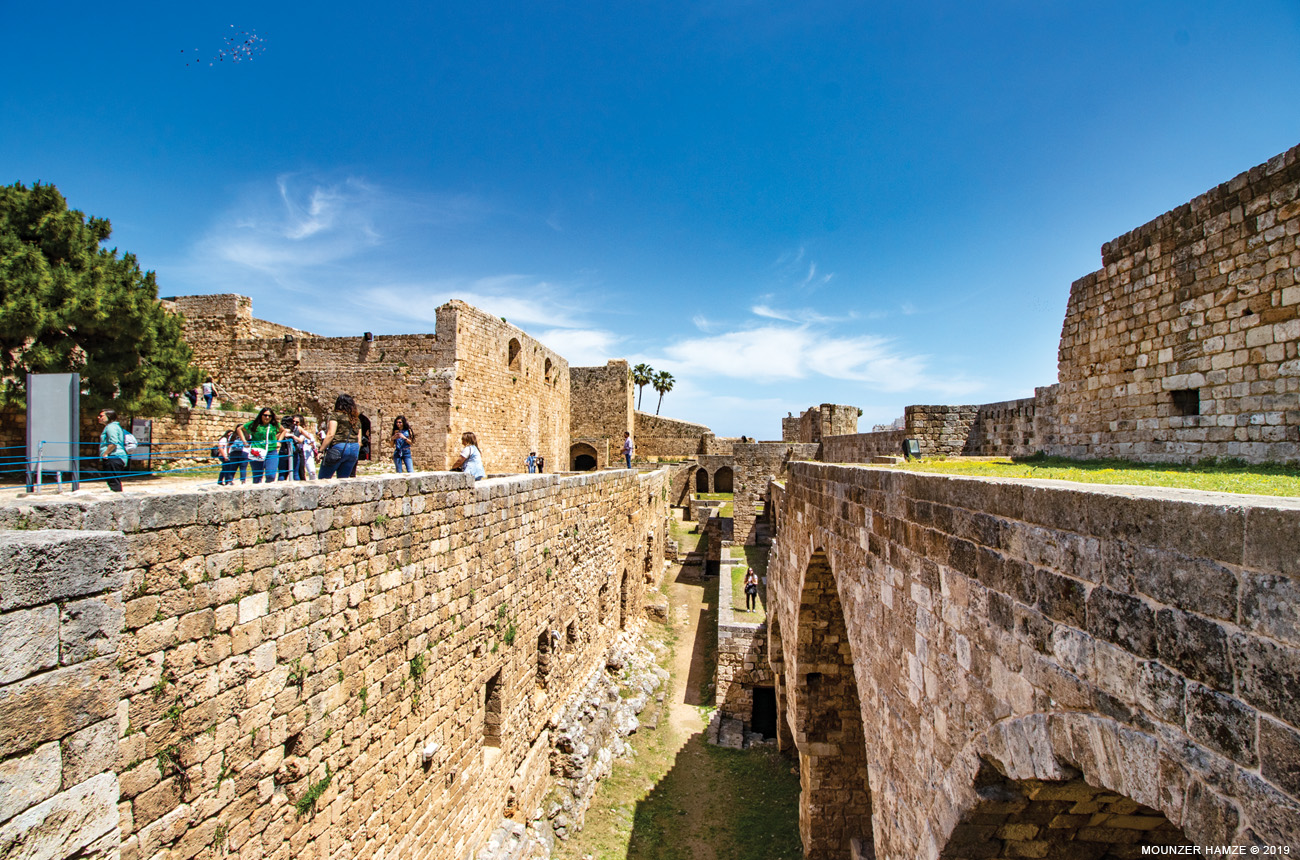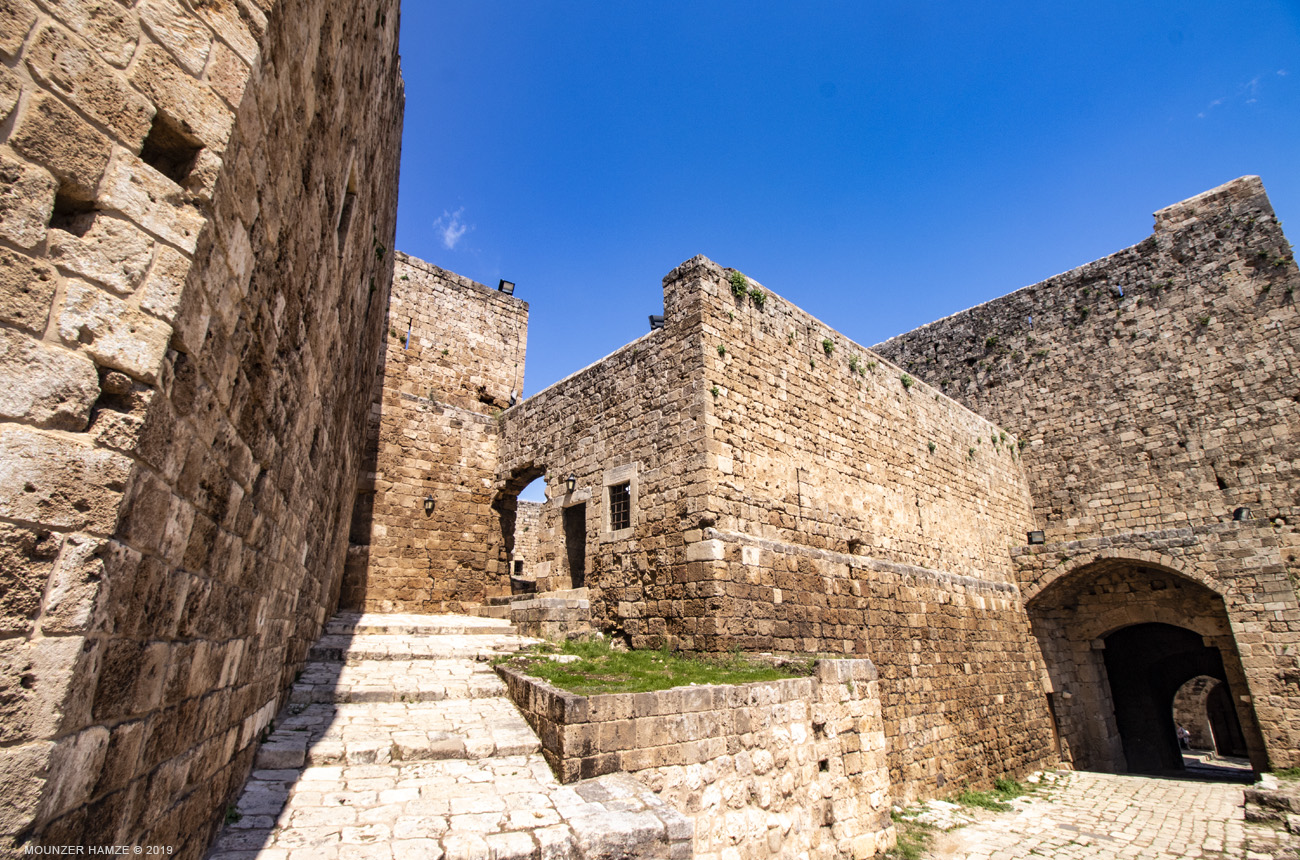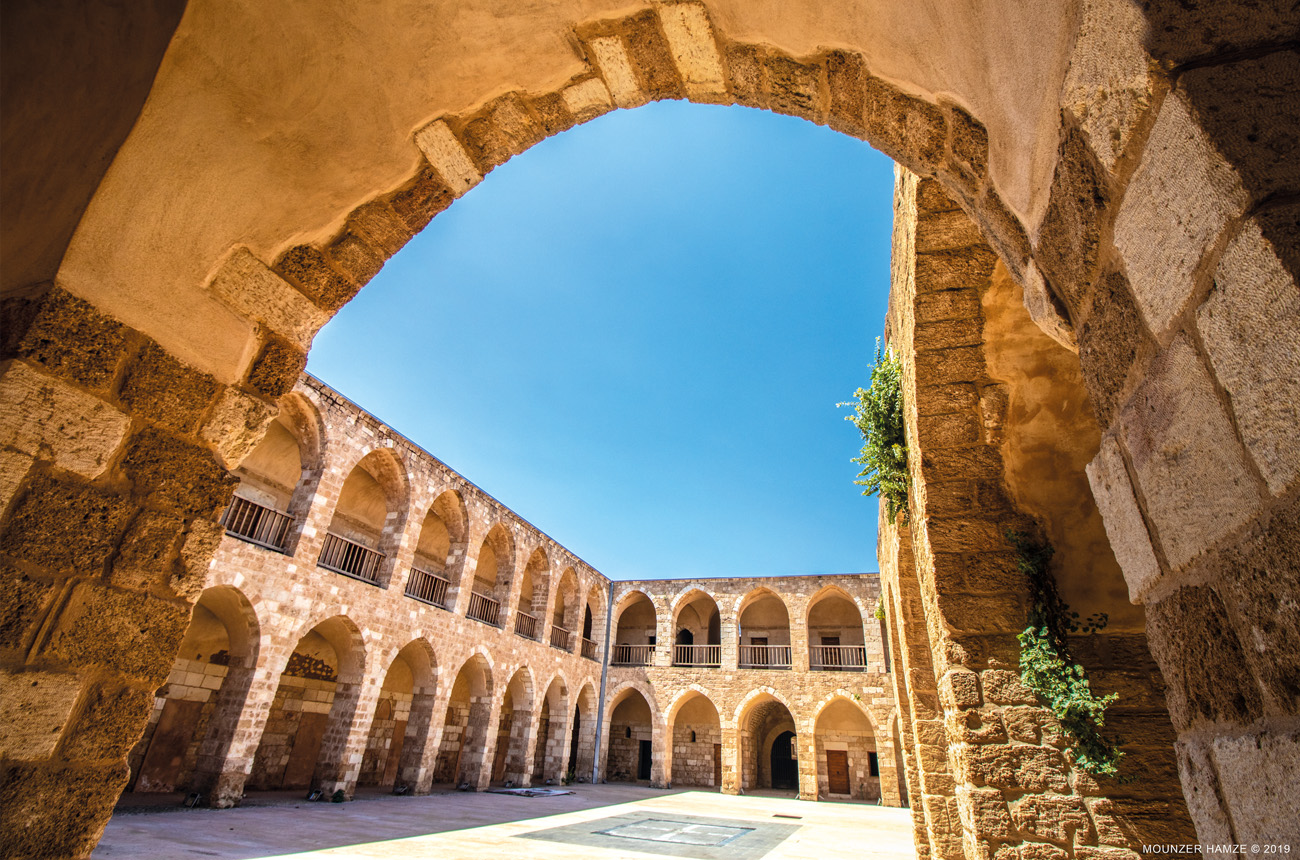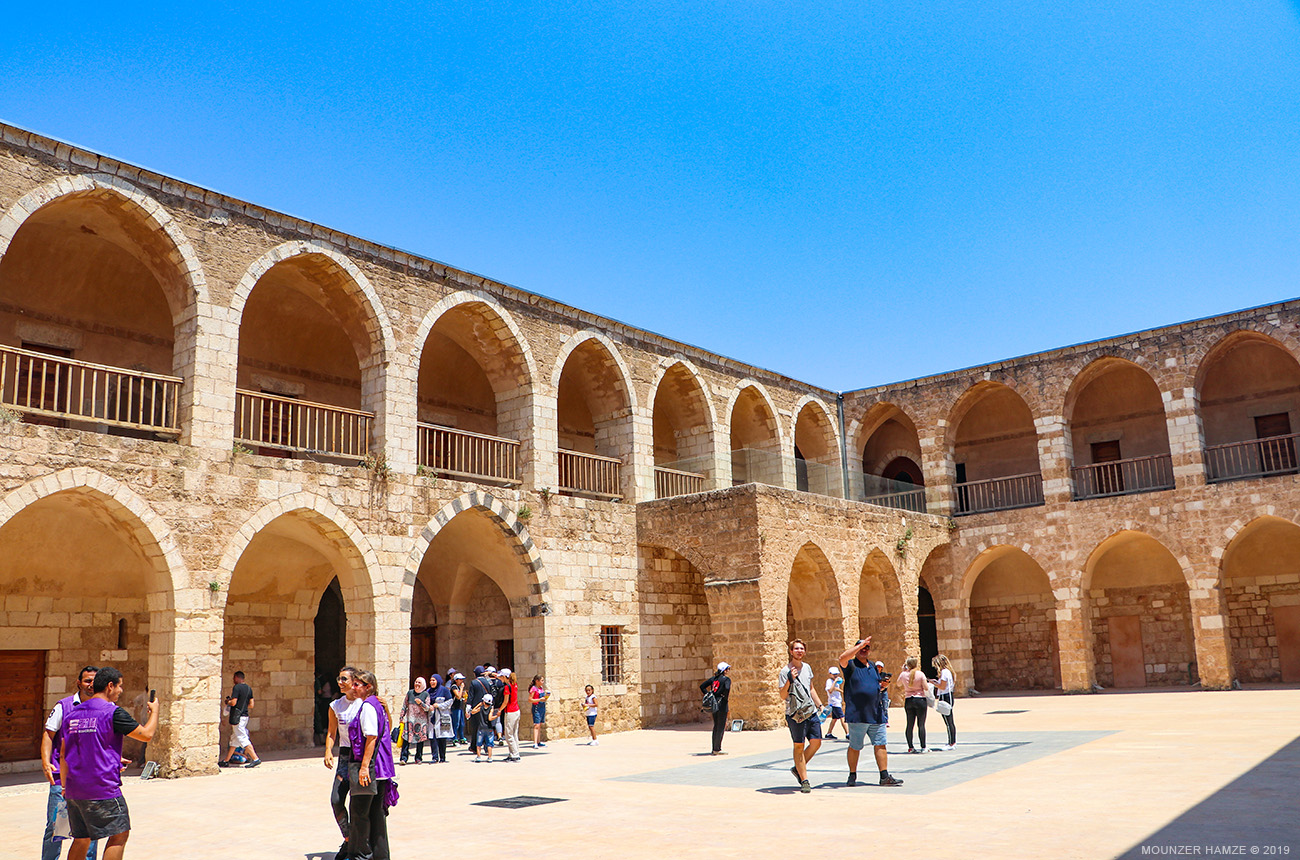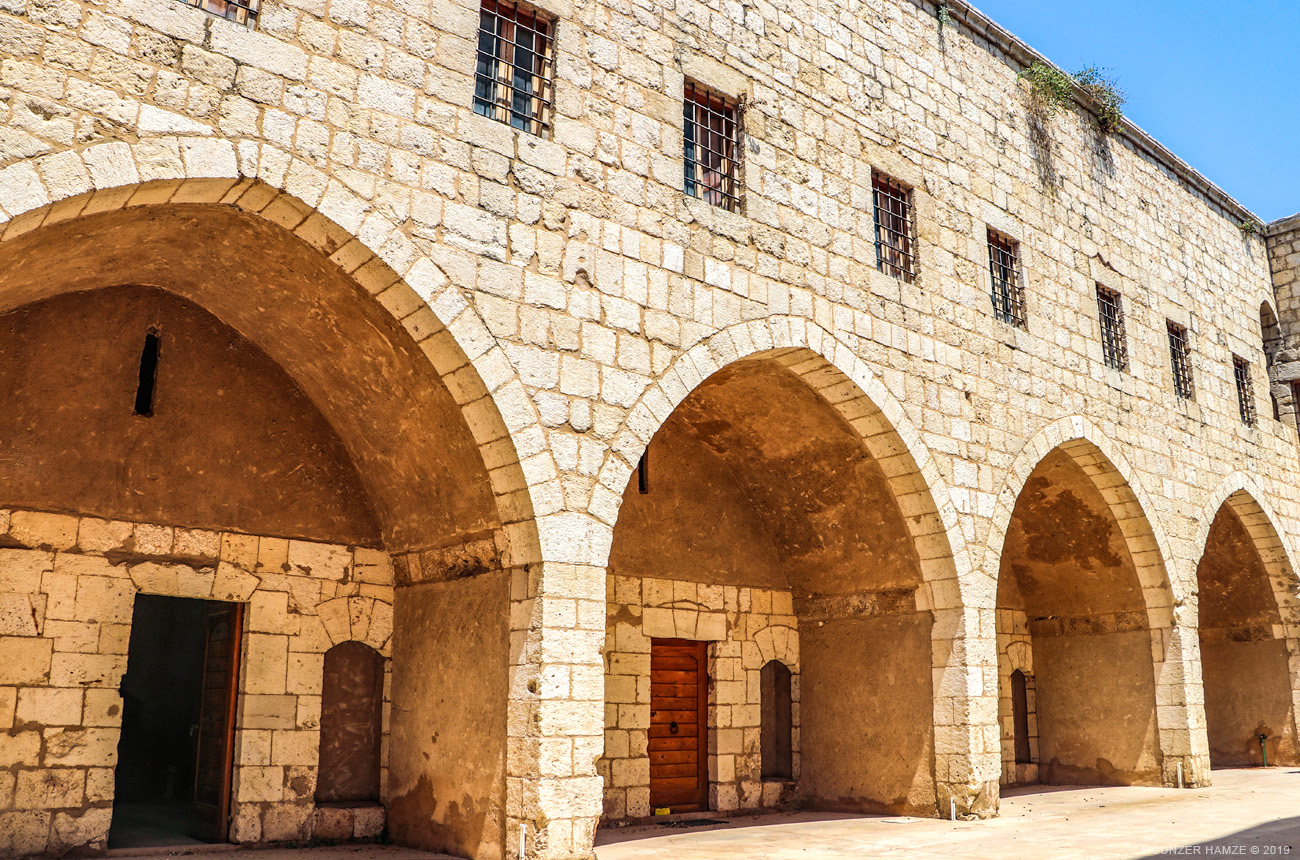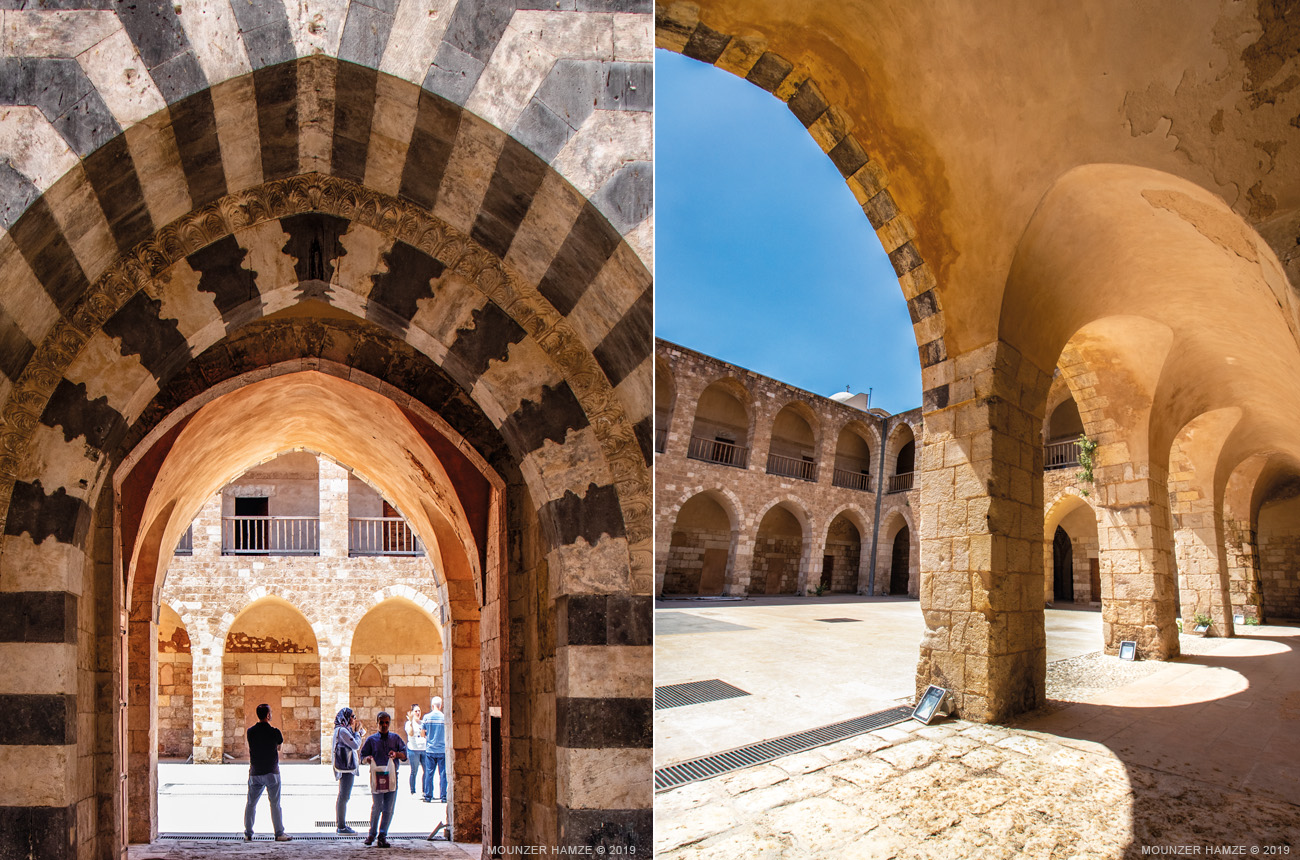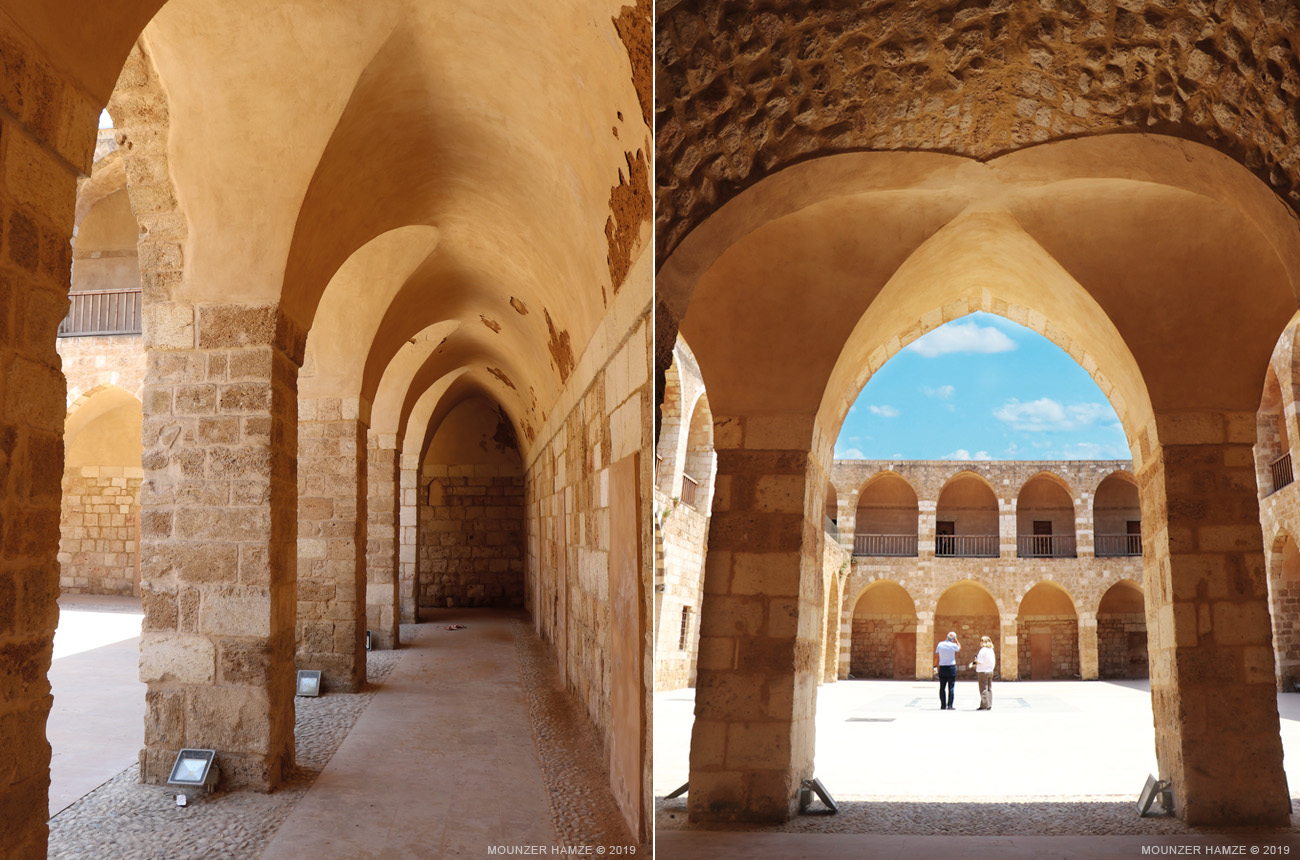Madrassas
Schools spread in Tripoli in Mamluks time for various Islamic Religion tutoring. Thirty-five schools still exist after the city lost six of them in the last flood in mid-20th century.
Khan El Khayatine
It is one of the most beautiful Mamluk Khans of Tripoli. It is characterized by its unique design consisting of a long yard partially roofed similar to a street, a cluster of shops to the right and left, eastern and western gates at each end.
Hammam Ezzeddine
Built by the Mamluk ruler Ezzedine Aybak Al-Moussli in 1294 AD (buried in a nearby mausoleum), on the ruins of a building from the Crusader period. His geometric designs are in line with the Tailors’ Khan's designs next door, suggesting they form one project. The Hammam was not subject to
AL MANSOURI GREAT MOSQUE
The Grand Mosque of Mansuri is considered to be the most important aspect of the Mamluk city. It is the oldest in Tripoli and the first in the Mamluk period. It was built by Sultan Khalil Qalawun, known as Al-Ashraf in 1294 AD, five years after defeating the Crusaders and
Citadel of Raymond de Saint-Gilles
The castle of Tripoli is known as the castle of Saint-Gilles as per the crusader’s count of Raymond Saint-Gilles who built it on a high hill for its strategic position that overlooks the river of Abu Ali (Qadisha) and the old city of the port at the sea. Based on
Khan Al ASKAR
It is the largest khan in Tripoli, Lebanon. Also known for prisoners’ khan ad silk khan. It was built in the Mamluk era at the beginning of the 14th century as Mamluk art and architectural details are evident. Ottoman influences from their period are also noticeable in addition to a
Tripoli in 4 minutes
One of the most beautiful and ancient cities on the Mediterranean, Tripoli is a hidden treasure with cultural and touristic riches still waiting to be discovered and to be put on the map. This is a first attempt, with an edited representation and information to portray this charming city as
